Plant Poisons More Than 100 Villagers, Coastal Zhejiang Province China
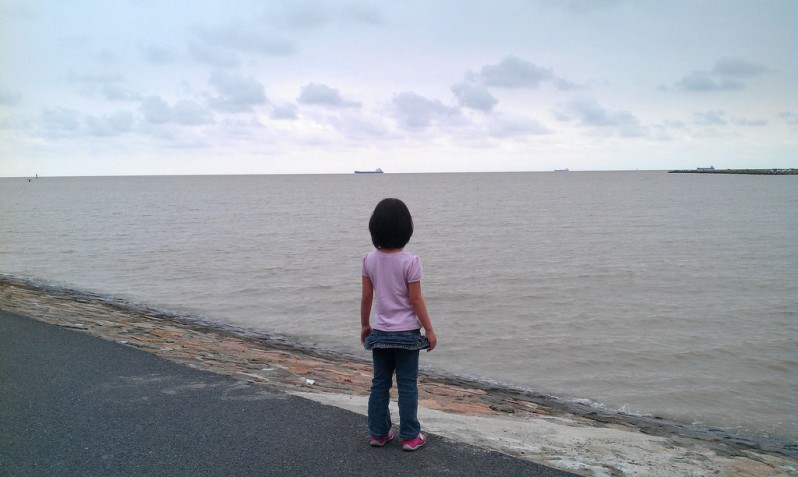
A total of 139 villagers in a village near Taizhou city in coastal Zhejiang province have been found to have elevated lead levels in their blood, Xinhua cited the provincial health department as saying in a statement.
Oldest and Most Controversial US Nuclear Plant, Jersey shore
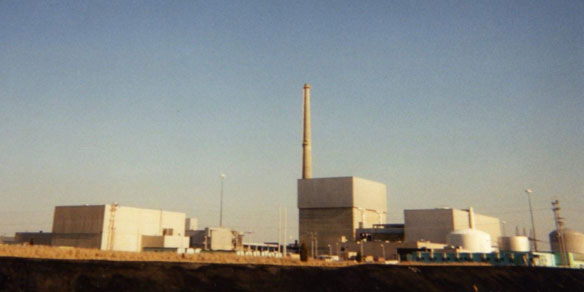
Half a million people live within what would be the evacuation zone if Oyster Creek were ever to have a radiation accident. In the summer, the population swells with beach-goers heading to the Jersey shore. It is not in a seismically active zone but meteorologists say the coastal state is long overdue for a Category Five hurricane.
The Plastic Found In a Single Turtle’s Stomach

This collection of hundreds of coloured, jagged shards could be a work of abstract art. But the objects in the photograph are the contents of the stomach of a sea turtle, found off the coast of Argentina, that lost its battle with plastic pollution.
European Coastal Pollution Harms Ecosystems, Study Finds
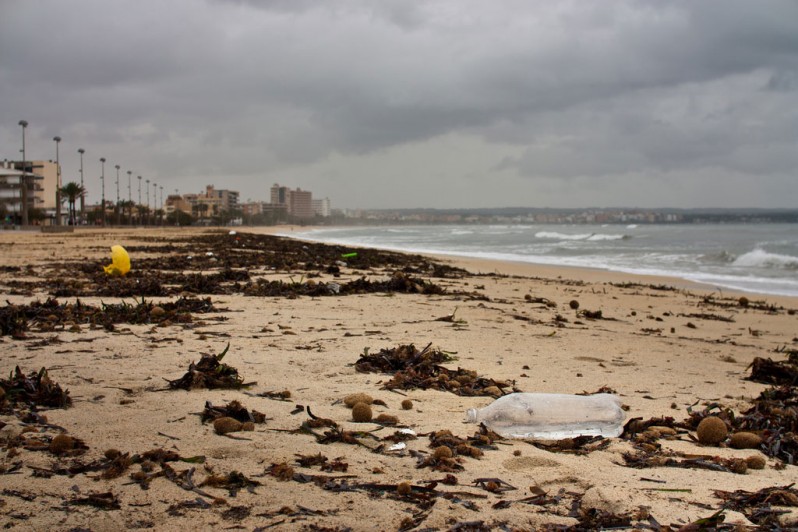
The bodies of harbour seals (Phoca vitulina), which live in estuaries or along coastlines where industrial activities take place, are highly contaminated. This is the result of a European study, involving Spanish participation, which warns of the danger to all the other species that share their ecosystem from ports throughout Europe, even in the Mediterranean.
Gulf probe: Blowout Preventer Was Flawed
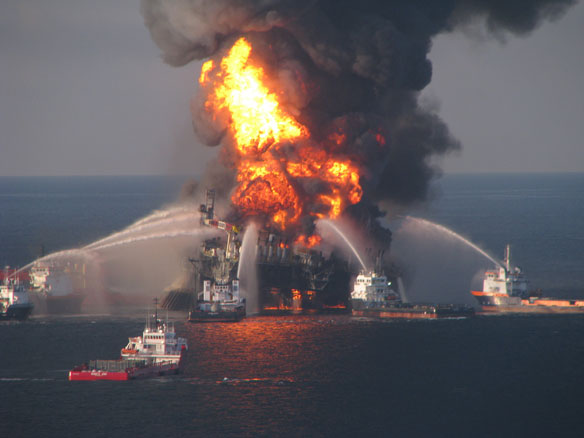
The findings cast serious doubt on the reliability of all the other blowout preventers used by the oil drilling industry.
Oceans May Be Speeding Melt of Greenland’s Glaciers
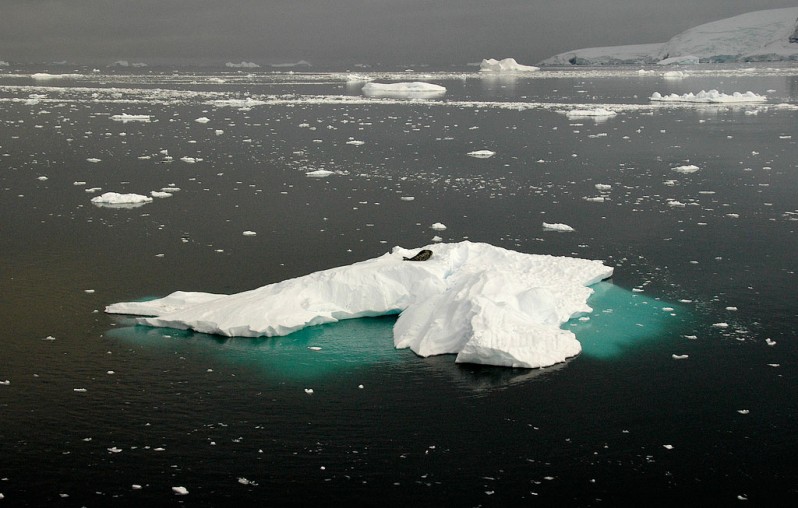
Researchers know that warm air over Greenland melts surface snow and ice, but this process doesn’t do enough melting to explain the extent of the glaciers’ rapid retreat, responsible for about a quarter of worldwide sea level rise. The connection between ocean changes, including a warming Atlantic Ocean, and glacier response is unchartered territory, and may make up the difference between predictions of ice melt and reality.
Blindsided by Ferocity Unleashed by a Fault
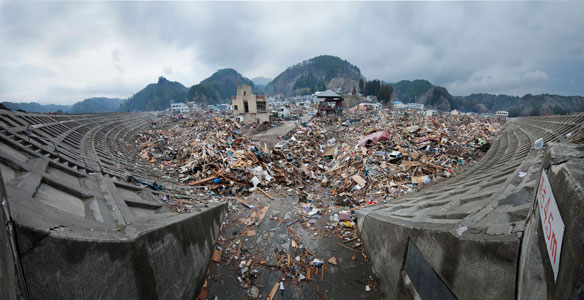
Records kept for the past 300 years indicated that every few decades, part of the Japan trench, an offshore fault to the east of Fukushima, would break, generating an earthquake around magnitude 7.5, perhaps up to magnitude 8.0. While earthquakes that large would be devastating in many parts of the world, the Japanese have diligently prepared for them with stringent building codes and sea walls that are meant to hold back quake-generated tsunamis.
Houston company accepts responsibility for oil spill off Louisiana

A Houston-based oil company has accepted responsibility for a mysterious spill near Grand Isle, although it says it remains “surprised” that what it thought was a minor discharge from a long dormant well could have produced miles-long slicks.
Sendai Coast, NASA Earth Observatory

One week after the magnitude-9.0 earthquake and resulting tsunami, the fields nearest the ocean were still covered with standing water. An Advanced Land Imager (ALI) on NASA’s Earth Observing-1 (EO-1) satellite captured a natural-color image of the area.
